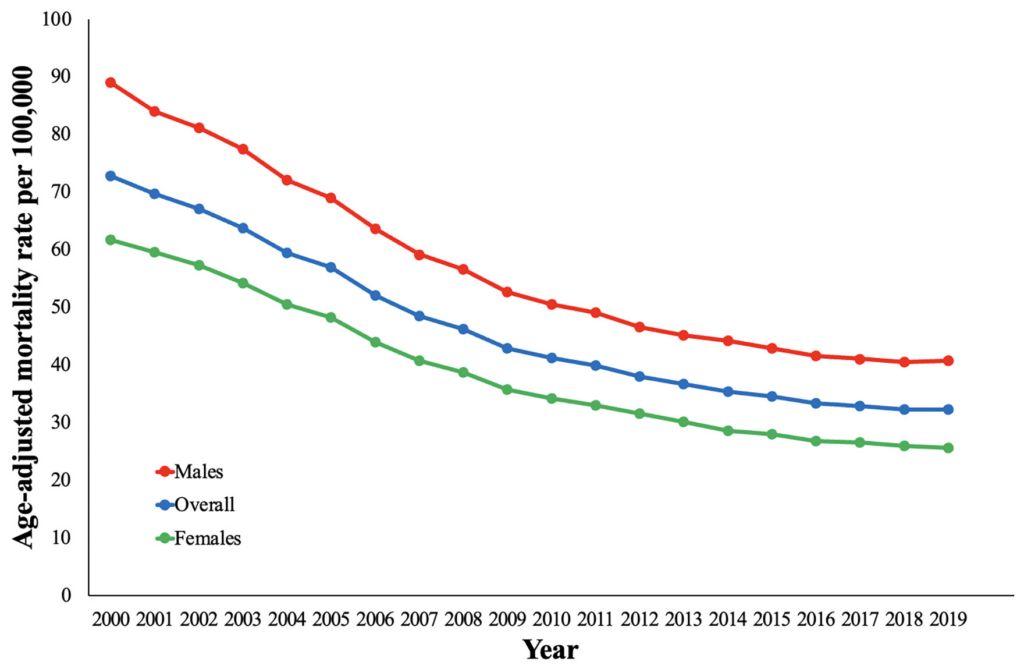Royal Philips has just launched the U.S. THOR IDE clinical trial. This study will explore an innovative combined laser atherectomy and intravascular lithotripsy catheter. It’s designed to simplify complex procedures for treating peripheral artery disease (PAD).
This new technology integrates two critical treatments into one device, making it easier and safer for patients and physicians.
Peripheral artery disease affects millions worldwide, especially older adults or those with diabetes or high cholesterol. It occurs when arteries narrow, limiting blood flow to the limbs. In severe cases, it can result in pain, ulcers, or even limb amputation.
Treatment becomes more challenging when calcified lesions and hardened calcium deposits in the arteries complicate the condition.
Typically, physicians use separate devices to treat PAD, first performing atherectomy to remove plaque and then intravascular lithotripsy to disrupt calcium. Each procedure requires its device, increasing both complexity and risk.
Philips’ new laser catheter merges both steps, simplifying the treatment process. This integration could significantly reduce the risks and complications associated with separate procedures.

The device uses a pulsed laser to perform both treatments. First, the laser vaporizes fluid in the artery, creating bubbles. As the bubbles collapse, they generate sonic shockwaves to break up calcium deposits.
This method contrasts with traditional lithotripsy devices that rely on ultrasound catheters for calcium disruption. The combined system offers a more efficient, safer approach.
The first patient enrolled at the Cardiovascular Institute of the South in Louisiana was a 78-year-old man with PAD. He successfully underwent treatment with the Philips device, which signals a promising start to the trial.
The THOR IDE study is set to enroll up to 155 patients at 30 clinical sites across the U.S. This multicenter, prospective, single-arm trial will assess the device’s safety and efficacy.
Doctors leading the trial emphasize the importance of building clinical evidence. One of the researchers, Dr. Craig Walker, noted that the trial will demonstrate how combining atherectomy and lithotripsy can improve procedural efficiency.
This innovation might also reduce the need for additional procedures and hospital visits by simplifying the process.
The study’s primary endpoints include avoiding major adverse events (MAEs). These include mortality, unplanned amputations, and clinically driven target lesion revascularization (CD-TLR) within 30 days of the procedure.

The trial aims to achieve less than or equal to 50% residual stenosis post-procedure. It will measure the effectiveness of the new device in restoring blood flow. A 12-month follow-up period will track long-term results.
Dr. Genovese, a vascular surgeon and co-principal investigator, expressed optimism about the trial’s potential. He believes the combined device could revolutionize the treatment of PAD.
The reduced need for multiple therapies offers a streamlined approach for patients, especially those with complex femoropopliteal lesions. Such advancements are exciting milestones for both the medical community and patients.
Philips is committed to advancing healthcare through innovation. Stacy Beske, the business leader of Philips Image Guided Therapy Devices, highlighted that this device results from extensive in-house development. It reflects the company’s dedication to equipping physicians with the tools to handle complex vascular challenges.

Currently, the device is investigational and not commercially available. It is still undergoing trials to demonstrate its safety and effectiveness.
However, this combined system could dramatically change how PAD is treated. It promises to simplify procedures, reduce risks, and improve overall patient outcomes.
PAD continues to be a significant health issue worldwide, with millions of individuals suffering from the condition. Many patients face challenges in treating calcified lesions, often requiring multiple procedures.
This combined laser catheter represents a significant step forward in treating PAD. It offers hope for patients undergoing complex, high-risk procedures to manage their condition.
Philips’ innovation could pave the way for future advancements in vascular therapy. As the THOR IDE trial progresses, it may lead to new treatment paradigms that improve the patient experience and health outcomes.
If the clinical trial succeeds, this device could become a game-changer in PAD treatment.
This new technology’s potential extends far beyond just simplifying the procedure. It could significantly reduce the burden of care for patients with PAD, especially those with calcified lesions. By addressing a significant challenge in vascular care, Philips has positioned itself at the forefront of improving how PAD is treated.
With further trials and clinical evidence, this device could soon offer a revolutionary treatment option for millions worldwide.
